You've probably noticed that our summer cottages are rapidly becoming prettier. Old, good-quality houses are being renovated and new ones are being built, which are surrounded by bright, picturesque flowers. People who have suburban areas come there not only to work, but also to relax and communicate with friends, which means the place for such meetings should be beautiful and pleasing to the eye.
Many summer residents strive to improve not only the local area, but also the entire garden.They quite rightly believe that the site will look aesthetically pleasing if everything on it is beautiful. Consequently, not only the recreation area should be attractive, but also the garden, vegetable garden and even the beds in this vegetable garden.
How to make a garden beautiful
Any vegetable garden consists of beds and paths between them, which means that both this and that will have to be landscaped. Even the newest fencing for garden beds will look unfinished and unfinished if the paths remain crooked and overgrown with grass.
Decorating the aisles
The problem with paths can be solved radically by laying them with stone, paving stones or bricks.
You can do it a little simpler, as in the photo: first, the row-spacings are covered with non-woven geotextiles, and then covered with small crushed stone, pebbles or marble chips.
In addition to crumbs and crushed stone, the row spacing is also filled with ordinary shavings, sawdust or wood chips. Paths made of painted wood chips are especially decorative. If you spread the shavings in a layer of 10 cm, then you don’t need to lay geotextiles. Weeds will not be able to break through such a thick layer of mulch.
Stores sell prefabricated plastic paths that can be successfully used both in the garden and in the greenhouse. The picture shows exactly this option.
Vegetable beds similar to flower beds
When it comes to beautiful garden beds, everyone usually imagines brand new garden bed fences sparkling with fresh paint. But the vegetables themselves can become a decoration if you only approach the selection of the assortment of plants with imagination and knowledge of agricultural technology.
Experts have long argued that many vegetable plants planted in close proximity not only produce larger yields, but also protect each other from diseases and pests.
And if you choose them according to the combination of colors, you will get a real flower garden that you won’t be ashamed to plant along the paths or near the house.
Some gardeners go even further and plant vegetables along with real flowers.
Many flowering plants perform not only a decorative function, but also repel pests from vegetable crops.
The most useful in this regard are: nasturtium, calendula, marigold, garden chamomile, tansy, yarrow.
So try to figure out what is in this photo - a flowerbed or a beautiful vegetable bed.
A vegetable garden separated from the recreation area by a small, decorative fence looks attractive.
French style vegetable garden
If you decide to change the usual appearance of your suburban area, then you can start by changing the shape and location of the vegetable beds. More and more summer residents are beginning to move away from the usual rectangular shapes and are making triangular, trapezoidal or round ridges.
But it’s not enough just to change the shape of the beds, you also need to build a beautiful, complete composition out of them. This can be done in the so-called “French style,” which is becoming increasingly popular among our gardeners.
The main feature of the “French vegetable garden” is the presence of symmetrical, repeatedly repeated elements that create a certain ornament.
Most often this is a square plot divided into four sectors. In the center of this area, a fountain or sculpture is traditionally placed.
In the dacha version that you see in the picture, it will most likely be a vertical bed with beans or cucumbers. A round flower bed would also be quite appropriate.
Another distinctive feature of French vegetable gardens is order, beauty and harmony. This is a place where they not only grow vegetables, but also enjoy contemplating the fruits of their labor. Therefore, do not forget to dilute the vegetable plantings with ornamental plants. All kinds of garden figurines and flowerpots will further enliven the landscape.
The beds can be at ground level or raised above the ground.Tall ones look more beautiful, but you will have to work hard to make them, and they will cost much more. In the photo there are just such high beds
You also need to take a thorough approach to the selection of crops that will grow in your miracle garden. It is advisable that these be low-growing plants: cabbage, carrots, onions, beets and different types of salads. Beds with tomatoes and trellises with cucumbers are best placed around the perimeter of the French garden. There they will not only not spoil the appearance, but will also add completeness to the composition, acting as natural borders and hedges.
Let's try to have only beautiful beds in our vegetable gardens, like those in this picture or even better.
Wooden fences for garden beds
Borders for garden beds have not only a decorative, but also a practical purpose. Fenced beds are much easier to work with, and they look much more beautiful. The most common and familiar material for making such borders is still boards.
This is not to say that wood is a cheap material, but it is easy to work with and wooden structures fit perfectly into the environment.
Another undoubted advantage of wooden fences is the low thermal conductivity of wood. Plants in such a bed will not suffer from overheating.
Of course, before installing in place, all such sides must be treated 2-3 times with an antiseptic. But unfortunately, even treated fences will last no more than 5 - 7 years and this is the main disadvantage of wooden borders.
These summer residents have a good sense of humor. It’s beautiful and the old chests didn’t have to be thrown away.
Galvanized beds
Galvanized beds appeared quite recently. You can easily buy them in a regular or online store.
The photo shows a galvanized bed with strawberries.
The advantages of such fencing:
- You don't have to do anything, just go and buy ready-made products.
- Durability. The design life of galvanized curbs is 10 years.
- Easy to disassemble and assemble. You can leave it in the garden for the winter, or you can take it apart and put it in the shed. When assembled, the structure takes up little space.
- Aesthetic appearance.
But galvanized fences for garden beds also have disadvantages:
- High price. However, taking into account the long service life, you can come to terms with this.
- High thermal conductivity of the metal. In the sun, such a border heats up and contributes to overheating of the earth in the bed with plants. Our summer residents, of course, found a way out, they lay cardboard between the soil and the metal, but still...
- During intensive watering, water leaks out at the joints of the fence.
It is easy to assemble picturesque flower beds in the French style from this galvanized material.
Beautiful beds for greenhouses
Manufacturers of galvanized beds also took care of the beauty of our greenhouses.
Such fences can be low (15 - 20 cm high) and high (up to 40 cm high)
The photo shows a high galvanized bed for a greenhouse.
Polymer-coated beds
These are also galvanized fences for garden beds, but with a polymer coating applied. Thanks to the additional coating, they are much more durable than simply galvanized ones. Manufacturers claim that such borders can be left to overwinter directly in the garden.
All such fences are made in the form of a designer; the beds can be assembled in a wide variety of forms and can be expanded indefinitely.
The variety of colors is also pleasing; if desired, your garden will bloom with all the colors of the rainbow.
This whole beautiful picture is somewhat overshadowed by the price tags for such beds. You have to pay for beauty.
Not only beautiful, but eternal beds made of WPC
The latest innovation is beds made of wood-polymer composite (WPC). If you have already heard about decking, then this is it.
This material appeared relatively recently and it is difficult to say what will happen to it in 50 years, but the forecasts are encouraging. Such boards do not rot, do not warp and practically do not fade in the sun.
Today, it is an ideal material for fencing flower beds and vegetable beds. Beautiful, practical and moderately expensive.
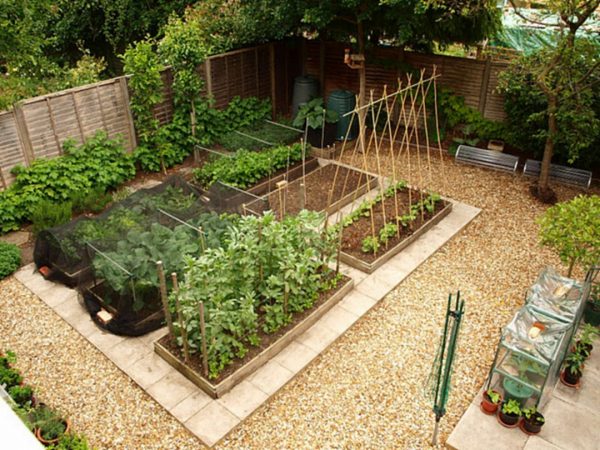
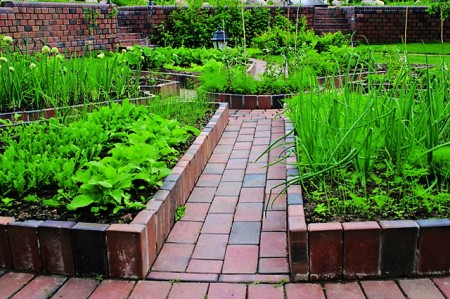
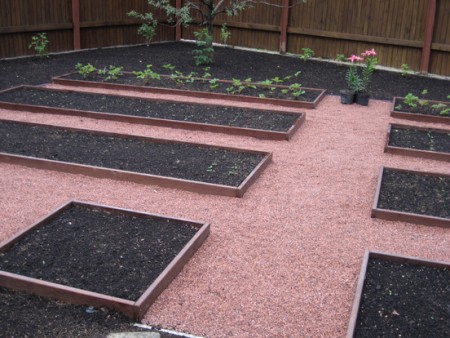

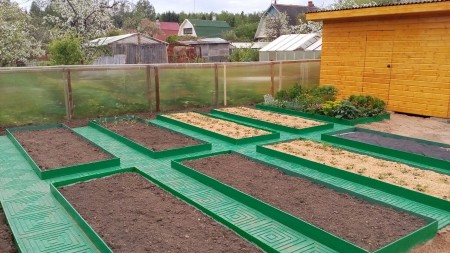
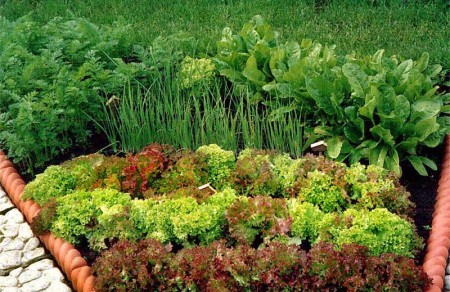

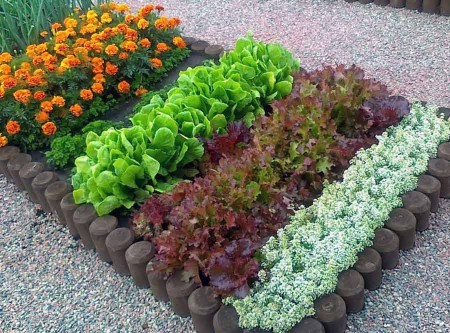
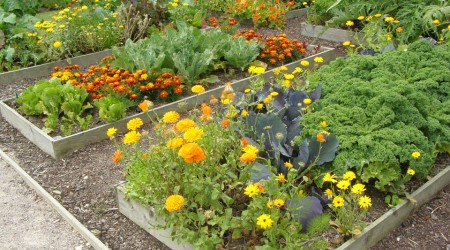
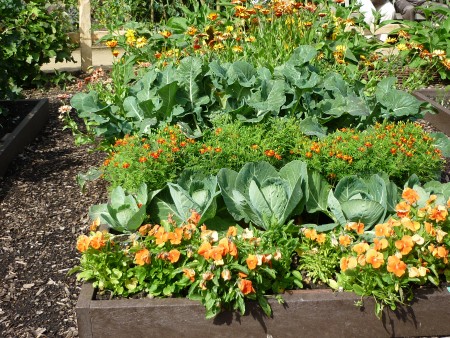
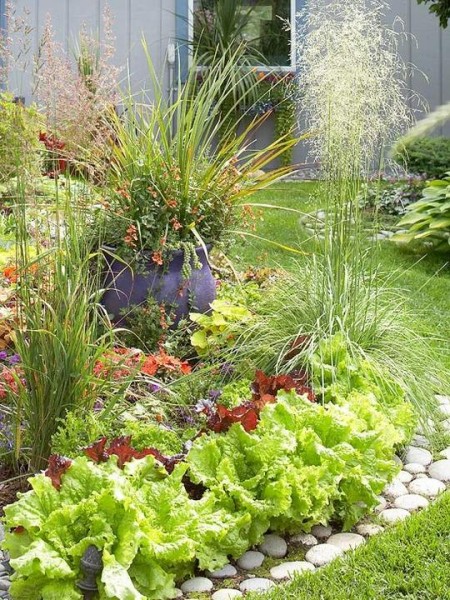
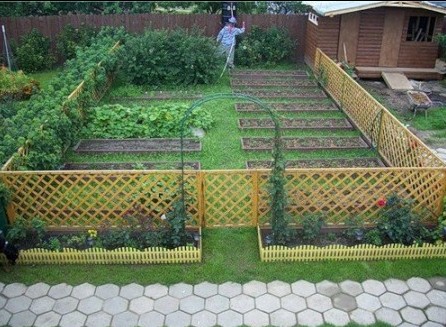
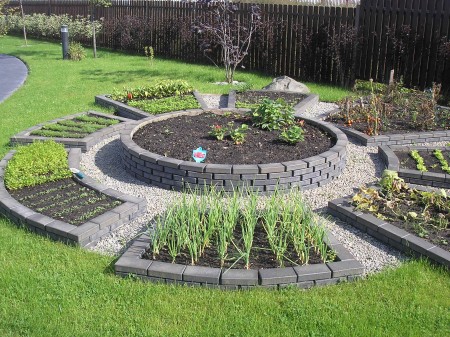
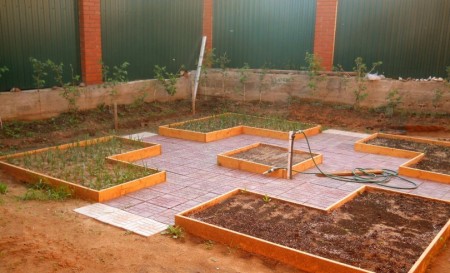
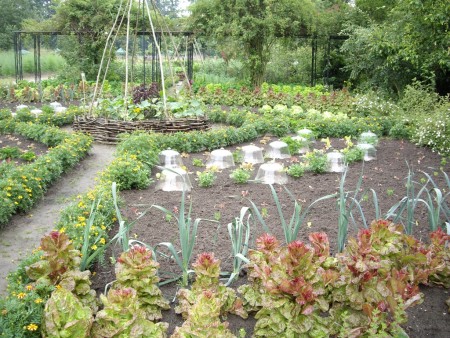
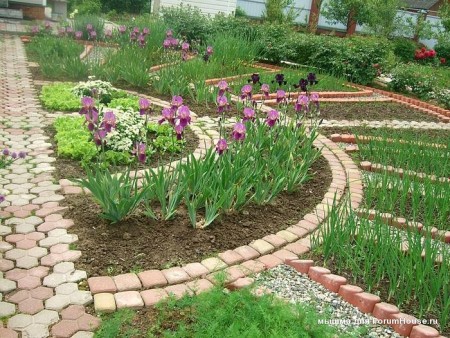
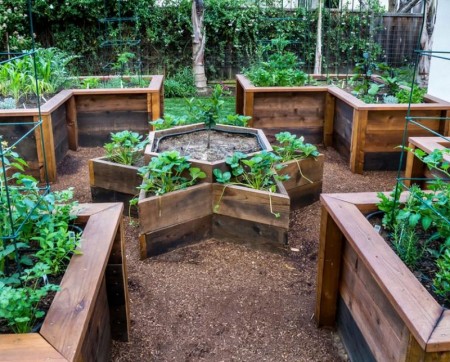
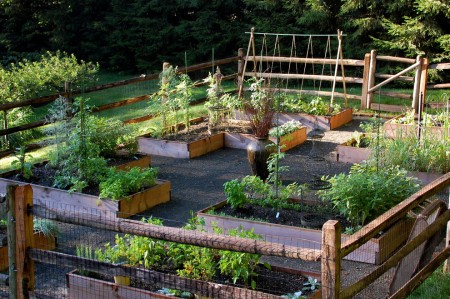
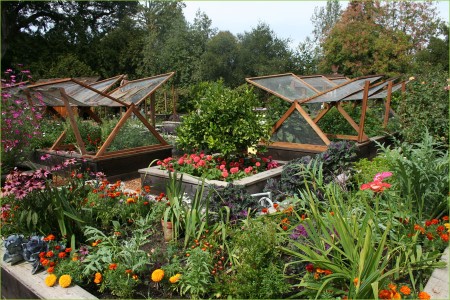

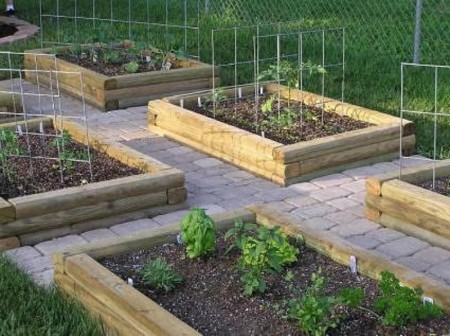
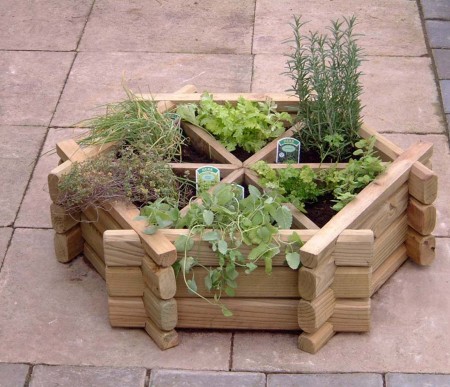
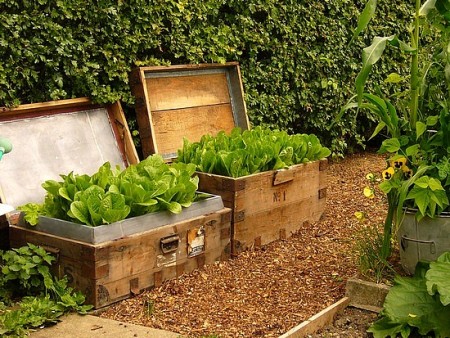
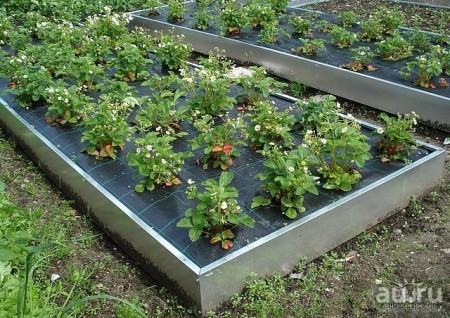
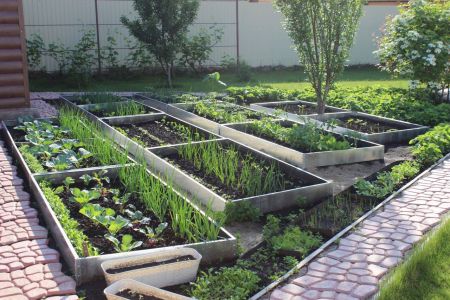
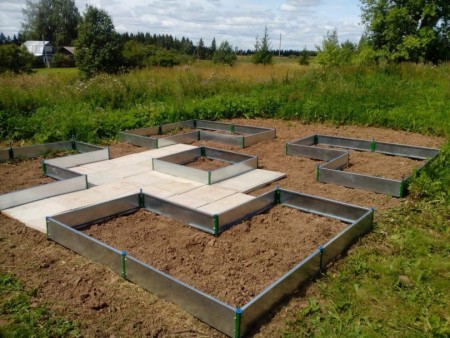
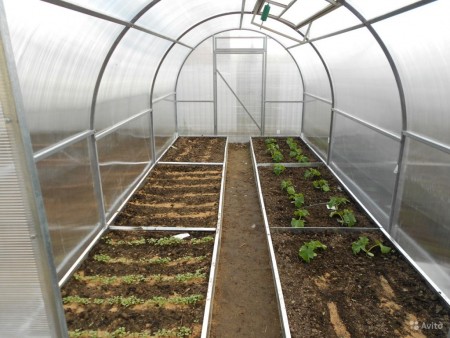
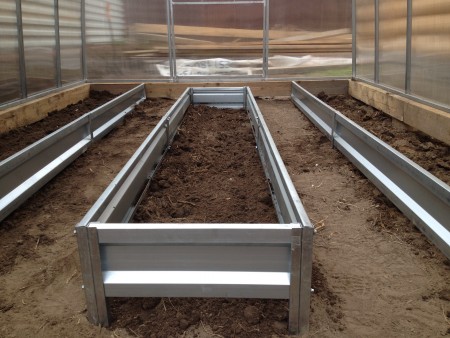
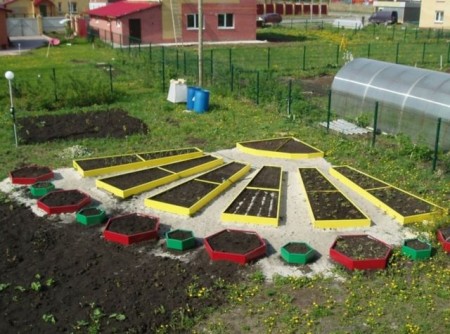
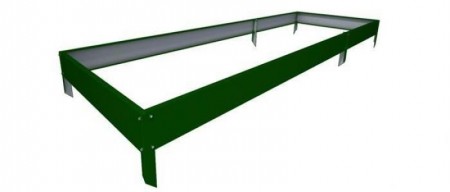
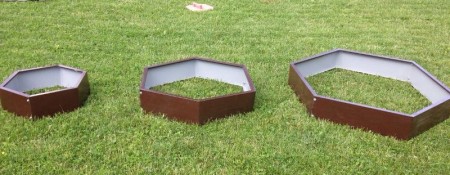
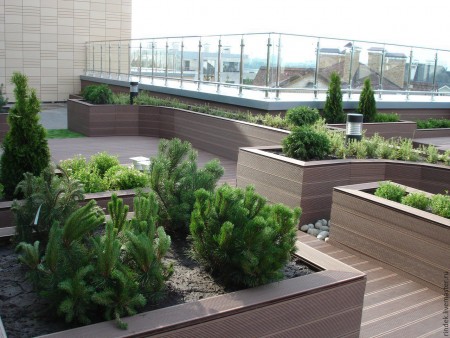
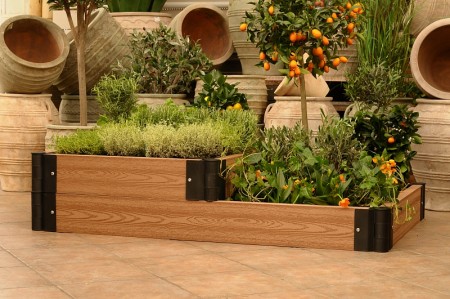

 (28 ratings, average: 4,82 out of 5)
(28 ratings, average: 4,82 out of 5) CUCUMBERS NEVER GET SICK, I'VE BEEN USING ONLY THIS FOR 40 YEARS! I SHARE A SECRET WITH YOU, CUCUMBERS ARE LIKE THE PICTURE!
CUCUMBERS NEVER GET SICK, I'VE BEEN USING ONLY THIS FOR 40 YEARS! I SHARE A SECRET WITH YOU, CUCUMBERS ARE LIKE THE PICTURE! You can dig a bucket of potatoes from each bush. Do you think these are fairy tales? Watch the video
You can dig a bucket of potatoes from each bush. Do you think these are fairy tales? Watch the video
 How our fellow gardeners work in Korea. There is a lot to learn and just fun to watch.
How our fellow gardeners work in Korea. There is a lot to learn and just fun to watch. Eye trainer. The author claims that with daily viewing, vision is restored. They don't charge money for views.
Eye trainer. The author claims that with daily viewing, vision is restored. They don't charge money for views. A 3-ingredient cake recipe in 30 minutes is better than Napoleon. Simple and very tasty.
A 3-ingredient cake recipe in 30 minutes is better than Napoleon. Simple and very tasty. Therapeutic exercises for cervical osteochondrosis. A complete set of exercises.
Therapeutic exercises for cervical osteochondrosis. A complete set of exercises. Which indoor plants match your zodiac sign?
Which indoor plants match your zodiac sign? What about them? Excursion to German dachas.
What about them? Excursion to German dachas.